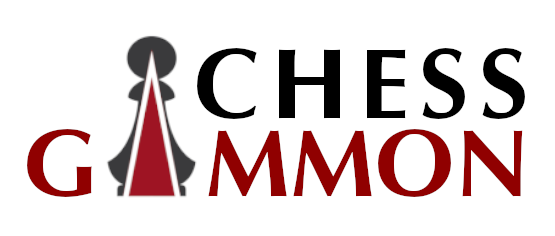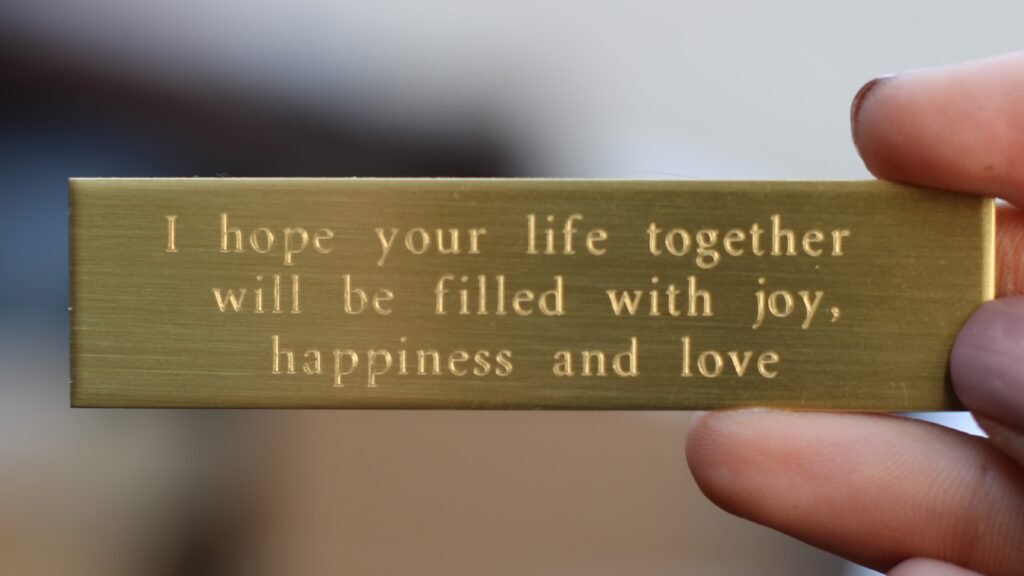How to Play Chess
Chess Setup:
Each complete set includes:
· 64 Square Chess board — 8 (Files) x 8 (Ranks
· Files: Vertical squares
· Ranks: Horizontal Squares
· 16 light coloured chess pieces
· 16 dark coloured chess pieces
Initial Set up:
· Queen always on it’s same colour
Chess Pieces:
King: Can move in any direction by one space (square), Forward backward, diagonal or sideways
Queen: Can move across as far forward, backwards, diagonal or sideways
Bishop: Can only move diagonally, as far as possible
Knight: can move 2 squares forward and 1 square sideways in any direction.
Rook: Can only move forward or sideways as far as possible.
Pawn: Moves only 1 square diagonally
Rook:
The Rook can move along the files and ranks, however cannot hurdle over a piece
In order to encounter an opposition piece, the rook simply moves by the desired number of squares to remove this piece out the game.
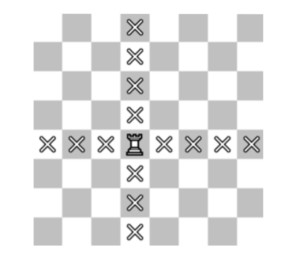
Bishop:
The Bishop moves Diagonally as far as possible.
Bishops move along the same coloured square from the starting point.

Knight:
The knight takes an “L” position in any direction your choose to move the piece as demonstrated in the diagram.

Queen:
The queen knows as the utmost powerful piece available in your ranks to lead your game!
The queen is able to move forward, backward, diagonal and sideways, However she is unable to hurdle your own

Pawn:
The Pawn from the get go can move upto 2 squares only in the forward direction. You may choose to move your pawn only by one square should you wish to.
The pawn however encounters an opposition piece diagonally only.
The pawn again cannot move forward in any case if there is another of your own piece in front or even an opposition.
Aside from the first move, if you have chosen to move the pawn by 2 squares, the pawn can only move 1 square forward for the remainder of your game.

King:
The King is who you have to protect throughout the whole game.
The King can move in any direction:
Forward, backward, sideways or diagonally, However only by 1 square. The King cannot move into a checkmate position giving the game to your opponent.
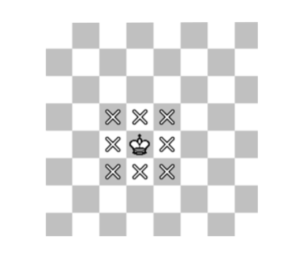
How to Win:
If your opponent is in a checkmate position, however they are unable to move their king in a sufficient position to prevent being in a checkmate position will be the point at which you have won the game!
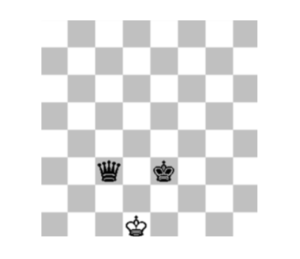
Draw:
A draw is achieved if there is no legal move you or the opponent can make, in which case a draw is called.
As seen by this diagram on the left the white king has not got an option to move in any square as this would result in checkmate.
A draw can be called if both opponents choose to end on this note.
Another way a draw is achieved is if the same position has been reached 3 times during the game, resulting in a draw.
The are other ways a game can be drawn, these are just a few to get you started.
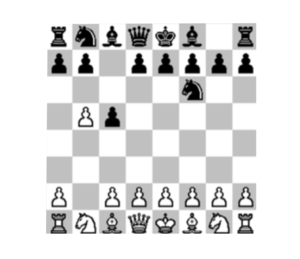

En Passant:
Your pawn encounters and captures the opposition pawn. This rule only applies if the opponent has moved it’s pawn forward by 2 squares and your pawn is directly adjacent to it. On this and only this occasion you may move you pawn diagonally to capture this opposition pawn giving you a small advantage.
The En Passant movement is demonstrated in this diagram on the left.

Castling:
Castling is a very special rule in the game of chess. This rule can only be applied in special circumstances and is a measure of preventing you being in a position of checkmate. In this instance two moves occur simultaneously. The King and the Rook swap positions. This is known as castling and occurs with mainly these two pieces.
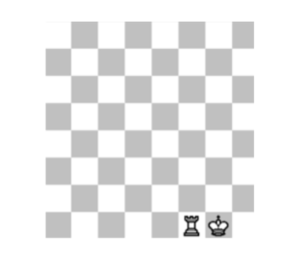
Castling Circumstances:
- Rook being castled has not been moved
- King castling has not been moved.
- King castling is not making an illegal move (position of checkmate)
- There are no pieces inbetween the Rook and the King
Promoting the Pawn:
Once a pawn has made it’s way into the other side(8th opposition rank), The pawn has the ability to be promoted to any piece. The tendency is to promote this pawn to the queen as this piece holds the most power.
